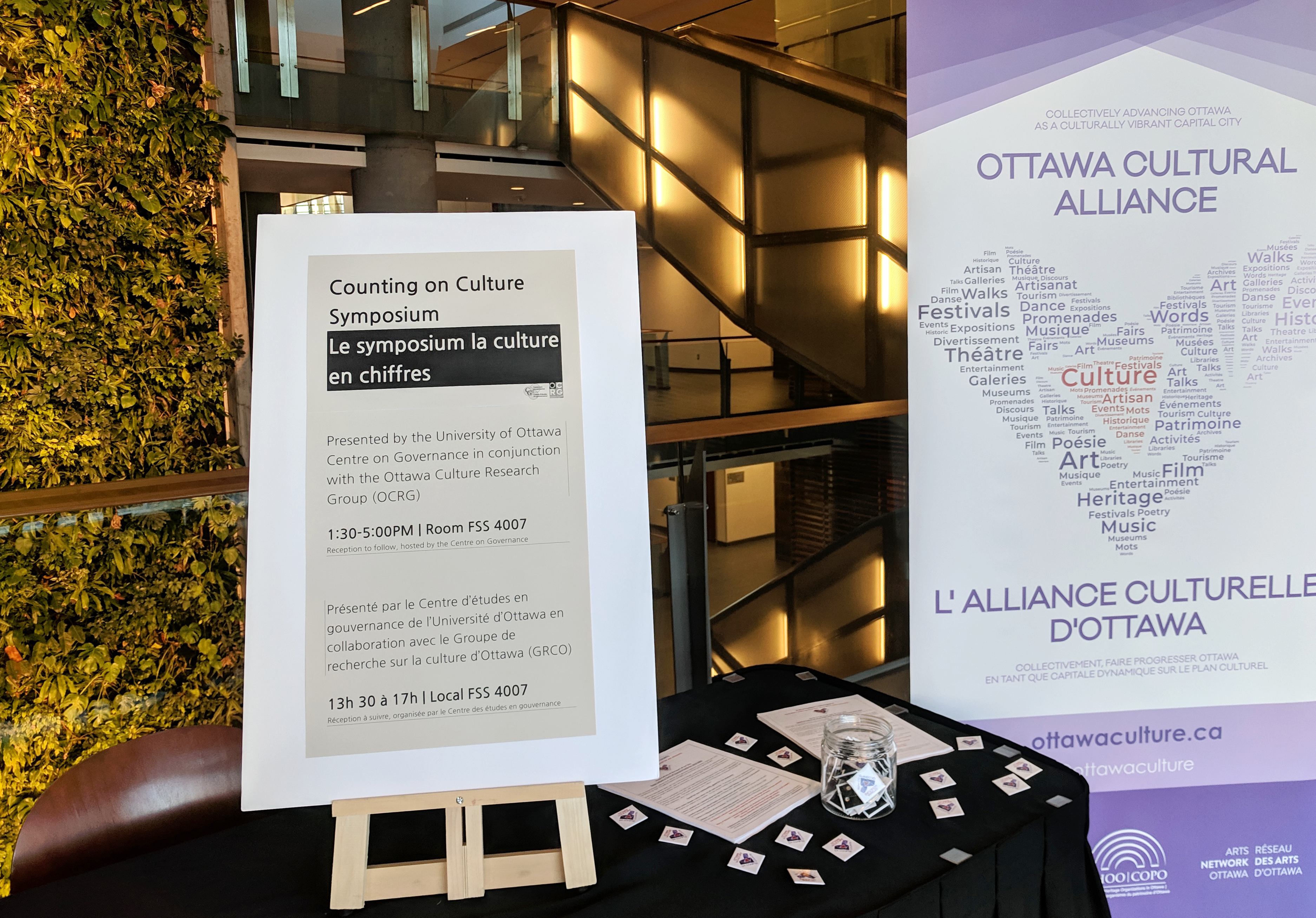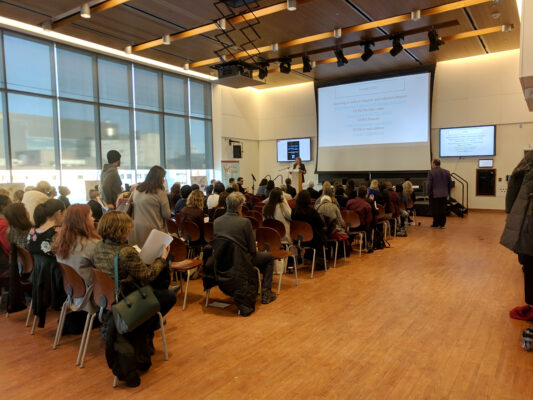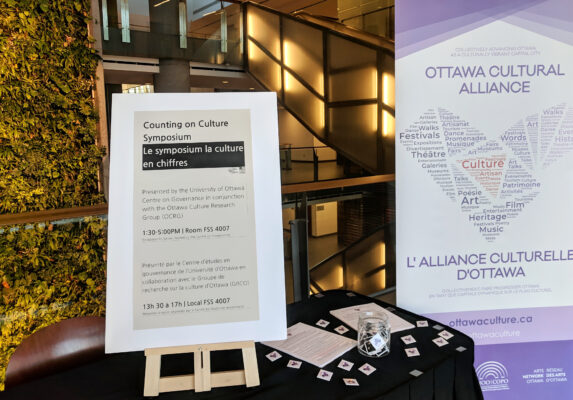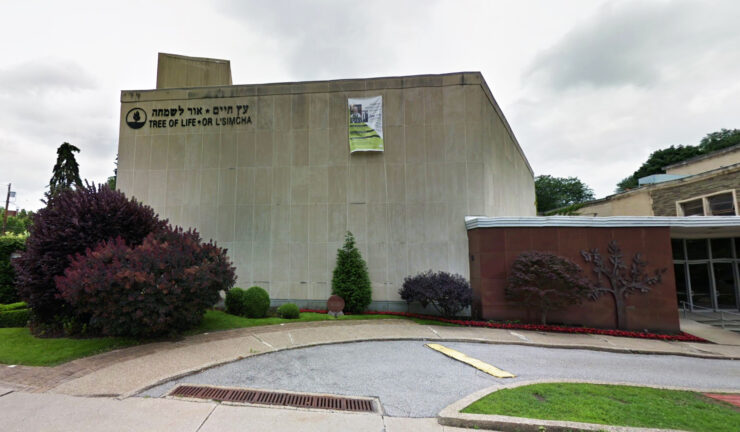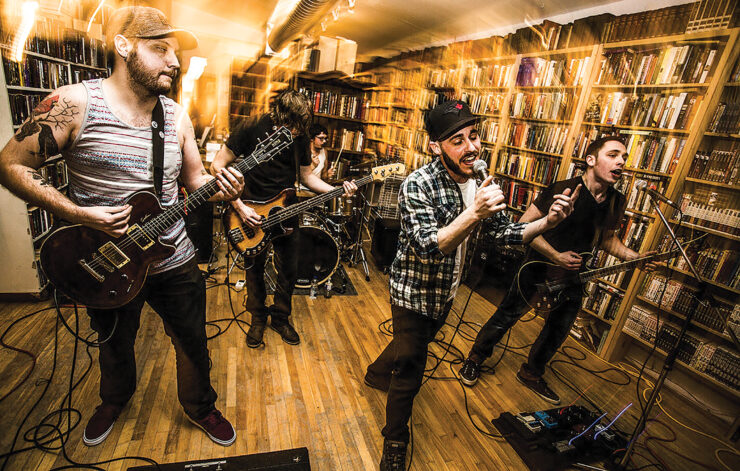Ottawa Culture Research Group looks to measure the city’s impact
On Thursday, Nov. 22, the University of Ottawa hosted the Ottawa Culture Research Group (OCRG), and other leaders in the cultural community, for a conversation about the role of culture in the National Capital Region.
The OCRG was created in 2016 by an assembly of academics, governmental officials, and experts, to identify indicators of culture in Ottawa—which the group has tried to detail in the report that they released this year.
“I think this conference was just to acquaint the audience with the existence of this report, because it is the first attempt that anyone has done (that looks at) the indicators of culture … in the city of Ottawa,” M. Sharon Jeannotte, a Senior Fellow at the Centre on Governance of the University of Ottawa, and co-chair of the Ottawa Culture Research Group, explained.
The symposium, titled “Counting on Culture,” began with a brief explanation of the four pillars of the report, followed by a panel discussion by experts, and a question period from the audience.
“The group’s mandate is to identify, gather, analyze, and share reliable information, and data pertaining to the state of Ottawa’s cultural sector,” Diana Carter, the executive director for the Ottawa Museum Network and Ottawa Cultural Alliance, and the other co-chair of the OCRG, explained to the audience.
The report focuses on four pillars of Ottawa’s cultural industries—support, presence, participation, and impact—whose form can range from a live band that performs at bars, to nationally funded museums.
For Jeannotte, one of the most unexpected findings of the report was the impact that culture has on the local economy, “because everyone thinks that culture is this thing that’s on the side that doesn’t have much impact but, it contributes 3.4 billion dollars to the local economy,” she said. “That, I think, is going to open up a few eyes among the decision makers.”
Indeed, other notable findings in the report included tables that show the Ottawa-Gatineau region as having a higher proportion of people working in the culture industry than the national average, and others that raise questions about the way that funding is split amongst major cities—with Toronto and Montreal maintaining some of the highest funding per capita.
“The second purpose (of the symposium) is to get (people) to give us their comments, their advice, because we want to continue,” Jeannotte continued. “People must have priorities that we have to address.”
While the panel of experts, and audience members, praised the content of the report, there were some notable points that “Counting on Culture” did not address—including the ever-shifting nature of being an artist.
“Whenever you’re dealing with artists … (you have to factor in) the reliability of economic data,” Nik Ives-Allison, the executive director of the Ottawa Music Industry Coalition, and one of the event’s panelists, said.
“The vast majority of our artists do not report all, or the majority, of their music relation income. In a lot of cases, it’s a band (which might) make $100 (for a performance) … they’re not putting that all into their taxes,” she continued. “So, I know that those (income) numbers, particularly for music, are so much higher—but, that’s the challenge—they’re virtually immeasurable.”
Yet, Jeannotte asserts that this is what the symposium was about. “We’d like to get a sense of that to guide us in our planning ability for the next year or two.”
The full report is available for the public on the Social Planning Council of Ottawa’s website.

